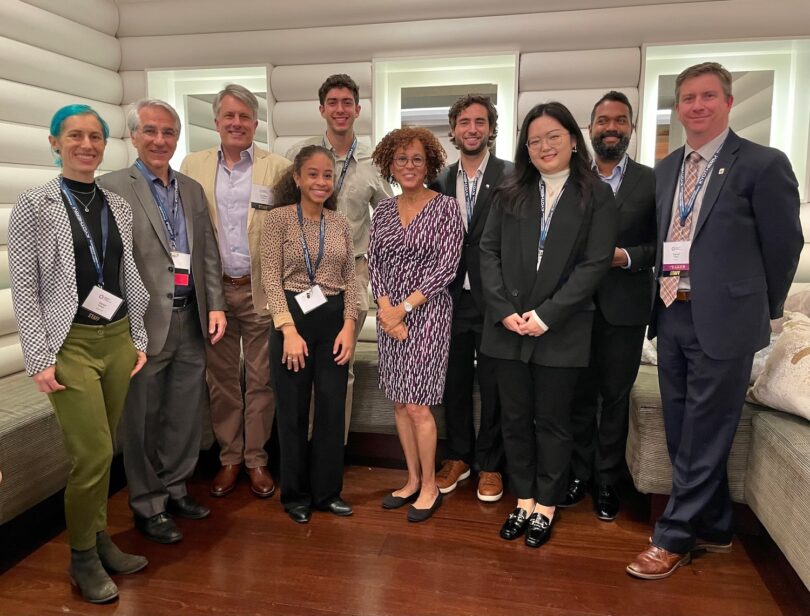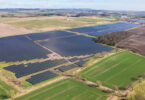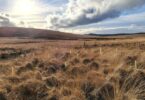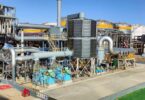As the Senior Vice President of Climate Change at WWF, could you share with us your journey and what led you to focus on climate change, especially with a focus on nature-based solutions?
Since I was a child, I’ve been passionate about exploring how nations can work together to improve our way of life. This is why I pursued International Development and Finance in school, to learn how vital parts of our economy can be leveraged for the collective good. I truly believe that we’re all in this together. And once I got started in my career, it quickly became apparent that there is nowhere these intersections are more important than in the fight against climate change.
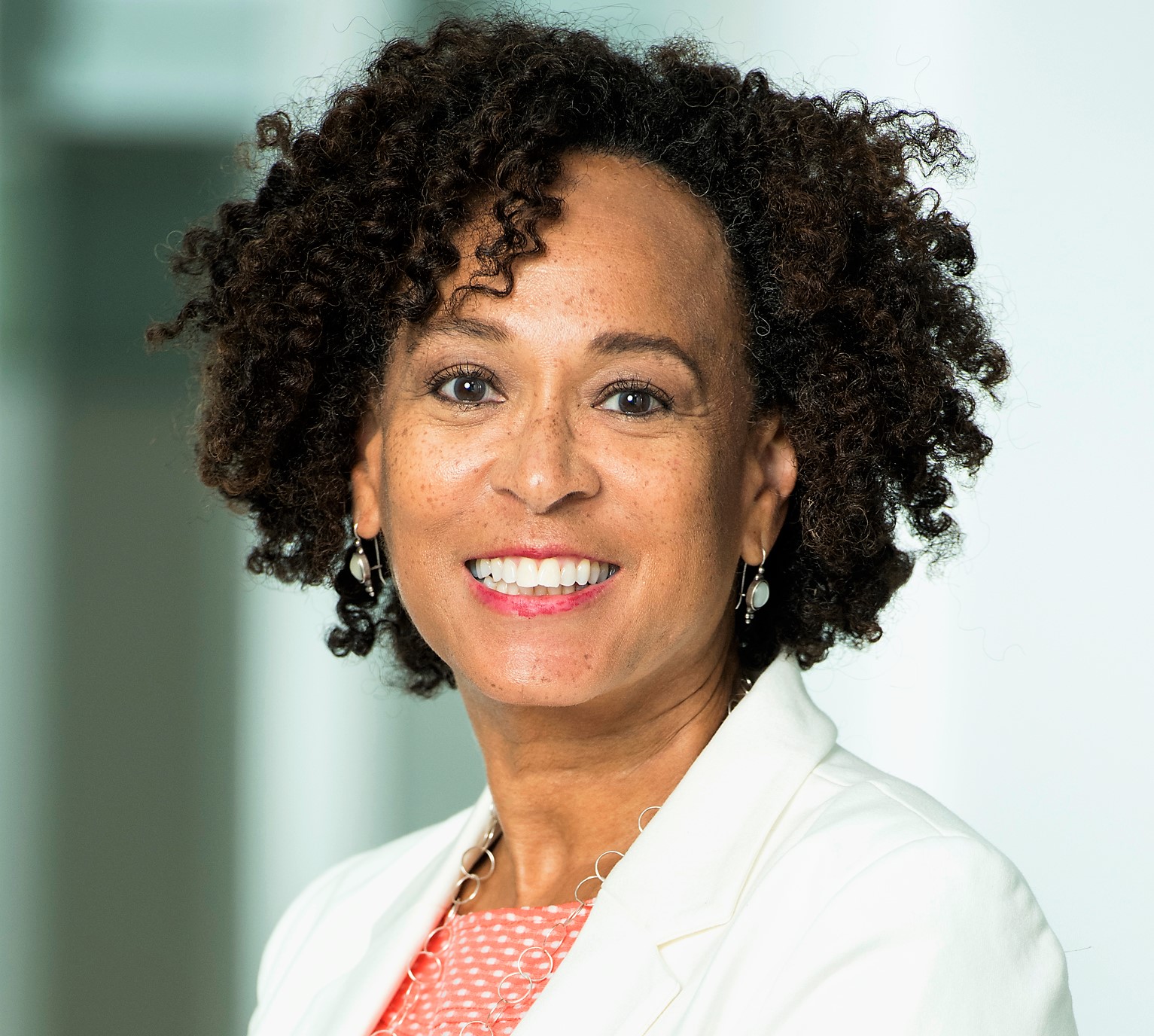
And now as a parent, I see this as an intergenerational responsibility. We owe it to our children and their children to invest today in technologies such as renewable energy that will have positive effects way beyond our own lifetimes.
When I served as the Global Head of Climate Strategy and Business Development at the International Finance Corporation (IFC), I applied the expertise I’d gained in energy and finance to create new markets for low-carbon technologies and infrastructure. I also had the opportunity to pioneer some truly incredible work in resource efficiency for the built environment (green buildings) and in distributed solar generation, offshore wind, and waste and water management.
I have also been an active part of Green Bank initiatives in the US, which scales climate finance by leveraging public sector funds with private investment.
And now as Senior Vice President of Climate Change at WWF, I lead a multi-faceted team to advance WWF’s climate agenda in the US and globally. We focus on the intersection of conservation and climate change. The growing recognition of the interlinkages between the climate and biodiversity crises has triggered unprecedented interest in nature-based solutions, which use the services of nature such as carbon sequestration and heat reduction from our trees, water filtration from our wetlands, storm protection from mangroves, to improve our safety and livelihoods. We know that if the world is to meet its climate, biodiversity, and land degradation targets, investment in nature-based solutions must at least triple in real terms by 2030 and increase fourfold by 2050.
Additionally, businesses have started to realize their dependencies on a stable climate and a healthy supply of natural resources to secure future commodity supplies and social license to operate. As more and more companies step forward with commitments toward net zero carbon emissions, there is growing demand for investment-ready Nature-based Solutions portfolios that lower deforestation and land conversion, improve natural resource management, and support landscape restoration.
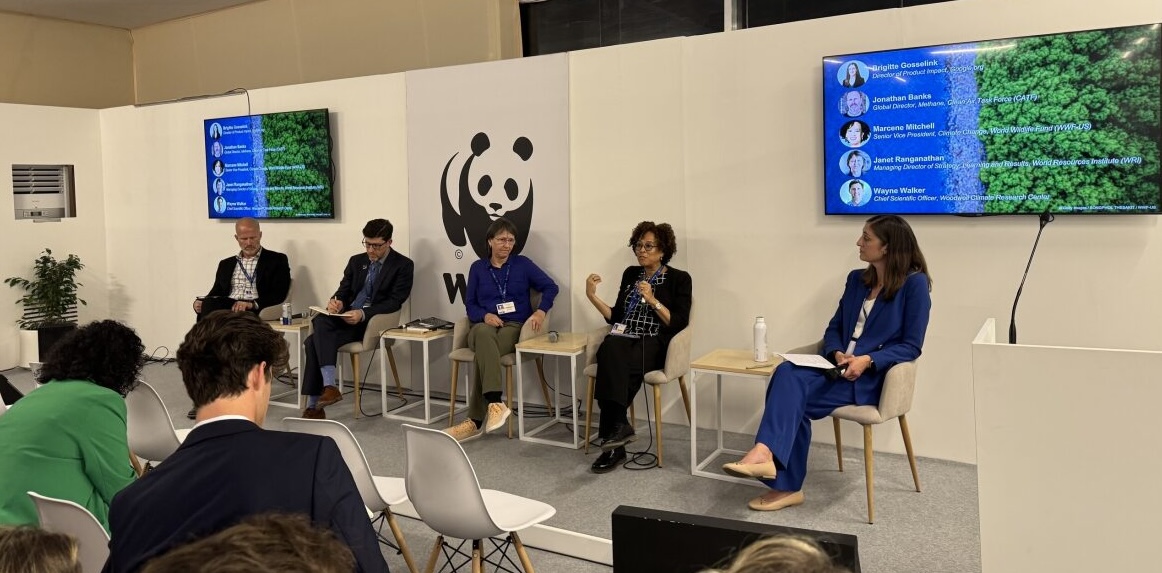
Women have played significant roles in environmental movements throughout history. How do you see the role of women evolving in the current global efforts to address climate change, and what unique perspectives or contributions do you think women bring to the table?
If we want our climate action to reach aall of society it must engage all of society As it stands, women are underrepresented in the top levels of environmental decision-making. And given the evidence that women in power pass more stringent climate policies, this cannot continue if we’re to meet our climate goals.
In many parts of the developing world, women of all ages play a critical role in managing natural resources, which they rely on for food, water, medicine, and fuel wood for their families—but are often excluded from participating in decisions about resource use. WWF is addressing this issue by helping women in developing countries play a bigger role in discussions and decision-making related to conservation and climate adaptation in their families and communities. Doing so helps ensure that the voices, skills, and knowledge of women make an impact on the challenges that confront them.
Research from the CARE-WWF Alliance shows that empowering women can reduce environmental damage, especially when women are engaged in natural resource management and conservation leadership positions. The research also found that nations with higher levels of gender inequality tend to have lower environmental well-being and vice versa.
Simply put, empowering women and girls IS a climate solution.
In a report from Project Drawdown, empowering women and girls in developing countries ranked second among 76 solutions for curbing global warming to 2 degrees Celsius. Because of their unique intersectional experiences with climate and being disproportionately impacted by it globally, they bring a critical perspective. So, we need the leadership and representation of women if we are to solve the climate and biodiversity crisis.
Your work involves advancing a climate agenda both in the U.S. and globally. In your experience, have you observed any notable differences in the way women engage with and contribute to climate initiatives in different regions?
There’s no innate difference in how women in different regions are reacting; it’s that different regions have different needs. The climate impacts and kind of climate engagement we need are unique to every region.
But interestingly, we’re learning that even though different regions experience different impacts, what the world wants in terms of climate action is remarkably similar.
A recent study by Potential Climate, the Yale Program on Climate Change Communication, and the Meliore Foundation found there was significant support for immediate government action on climate change in every country they surveyed, with the “later is too late” narrative leading the way.
77% of people agreed with the statement, “It is essential that our government does whatever it takes to limit the effects of climate change.”
Background: This was one of the broadest and most comprehensive global message testing studies conducted on climate change, polling nearly 60,000 people across 23 countries — which collectively account for 70% of the world’s population.
WWF has been actively involved in nature-based climate solutions. Can you highlight some successful projects or initiatives led by women that exemplify the positive impact of integrating nature-based solutions into climate change strategies?
Peru
Verónica and Maria Cardozo – Sisters living in the province of Tahuamanu in Madre de Dios who are working with WWF-Peru to incorporate regenerative cattle ranching methodology into their family ranches. https://www.wwf.org.ec/?uNewsID=377615
Australia
WWF partners with Bangalow Koalas – run by Australian of the Year, Linda Sparrow – to restore landscapes in northern New South Wales to reconnect fragmented koala habitat. https://files.worldwildlife.org/wwfcmsprod/files/Publication/file/50sih0nfa7_Australian_Bushfire_Fall_Update_2021.pdf
Brazil
WWF, International Paper, and HP are working together to restore 250 acres of forestland in the Mogi Guaçu River basin. In the region, WWF partners with Copaíba – a forest restoration organization in Brazil – and works with restoration coordinator Mayra Flores to support local landowners in their restoration efforts.
https://www.worldwildlife.org/stories/bringing-forest-restoration-to-life
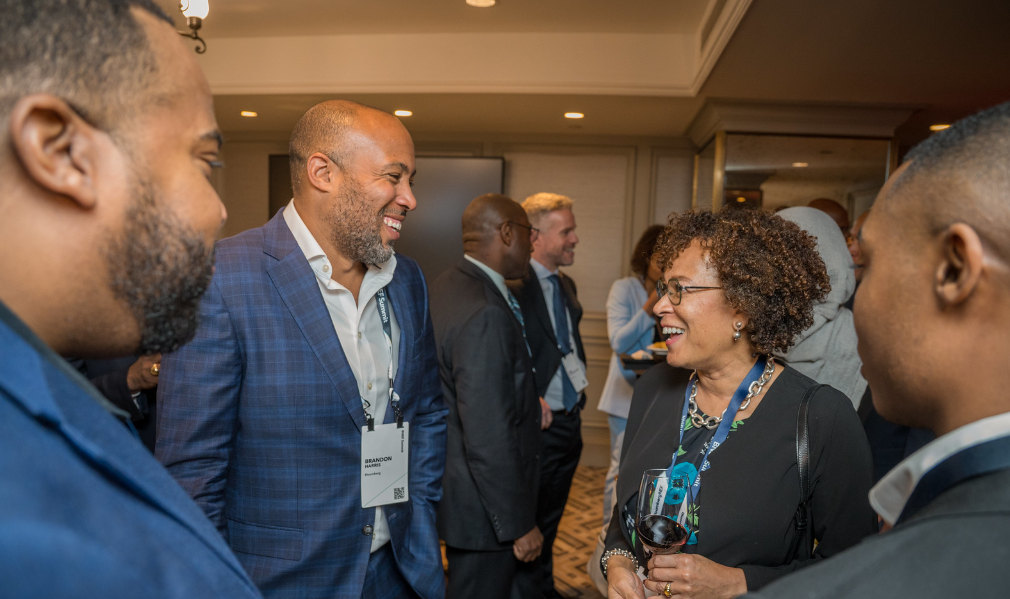
What strategies or initiatives do you think are effective in promoting greater female involvement in environmental conservation and climate change mitigation efforts?
Programs that increase women’s confidence and agency in climate efforts have proven to pay dividends. For example, Hariyo Ban, a CARE-WWF Alliance program in Nepal funded by USAID, worked with women and other marginalized groups from 2011-2021 to play leading roles in sustainable forest and watershed management.
One portion of the program supported women and underrepresented people’s empowerment through Community Learning and Action Centers. Around 1,500 people—96% of them women and girls—participated in forum-style meetings where they discussed their experiences and challenges related to relationships, personal rights, livelihoods, community development, forests, and climate change impacts. Through these conversations, participants developed the knowledge, skills, and self-confidence to claim their rights to participate in community-level natural resource management decision-making and access their share of resilient livelihood benefits from forests and watersheds.
The program also provided training for key male members of these groups in women’s leadership development and gender sensitivity, which increased men’s support for women in community-based natural resource management initiatives and leadership positions. In the community institutions supported in phase two of the program, leadership positions filled by a member of a group that faced
barriers, such as women, increased to 87%, up 15% from the baseline. In turn, empowered women and vulnerable groups took action in their communities to adapt to the climate crisis and improve local forest management in ways that also enhanced their livelihoods.
Many women went on to lead green enterprises and some were elected as rural municipality officials.
Through Community Learning and Action Center dialogues and other interventions facilitated by the Hariyo Ban program, over 20,000 climate-vulnerable people were trained in climate change adaptation and disaster risk reduction. Subsequent community-led adaptation plans resulted in support for around 480 drinking water systems, saving many women time and labour previously spent fetching water, and over 180 irrigation systems, which increased food production through improved and climate-resilient home gardening or commercial farming.
How can organizations and policymakers create an inclusive environment that empowers and supports women in leadership roles within the climate change sector?
They can incorporate an infrastructure that prioritizes diverse viewpoints, participation, and leadership. This is as much about culture change as it is anything else.
Just as in the Hariyo Ban example, it’s imperative that the male counterparts of women in climate leadership receive education on why women’s involvement in this space is critical and how to support them.
This isn’t altruistic; this is just good business sense.
Multiple studies have shown that diverse organizations make more well-grounded decisions and are more profitable. And the part of this formula that is particularly important to me is getting more women of colour in climate leadership positions for all of the reasons we’ve already touched upon.
As a leader in the field, what advice do you have for young women aspiring to make a difference in climate action and environmental conservation?
First, there are so many ways to incorporate climate and conservation into any career you choose. We need climate-savvy women in government, from local planning boards to national heads of agencies. We need climate warriors in business – from heads of sustainability to front-line workers who incorporate energy efficiency in their jobs. We need climate activists, university professors, and moms who want clean air and a better future for their children. Anything you can imagine for yourself, you can do it with a climate lens that will make a difference.
Second, you can make a difference in your personal life – how you get around, how you cook, heat and cool your house, how you eat and what you buy. More importantly, how you vote, how you influence the companies you work for, and the demands you make for systemic changes in how we produce energy and care for our land and oceans.
Finally, don’t lose hope. Look around you, and you’ll see that women everywhere are fighting to address the impacts of climate change. You are not alone!
We’ve already come so much further than we give ourselves credit for, and we’re not slowing down anytime soon. We have most of the solutions and technologies we need to be successful, and thanks to the action we’ve already taken, we’ve avoided some of the worst-case climate scenarios we were faced with in the last few years. We’ve also seen an increase in supportive policy around the world, prioritising electrification, renewables, emissions reduction, and more.
We just need the political and social will to transition faster off of fossil fuels and change the way we produce energy, transport people and products, grow food, and build our infrastructure. I’m not losing hope, and you shouldn’t, either. Opponents of climate action would love to keep us separate and silent, so what’s key is raising our voices and creating community with others who want to see the same climate action as we do.
So tell the fossil fuel companies and other major polluters that we’re not buying it anymore. Write to your representatives and tell them to cut the subsidies and increase transparency. Talk to your friends and neighbours and tell them that we can and must transition away from fossil fuels. Pursue leadership opportunities in your community, at your school, faith institution, work—Be fearless and be loud.
You’re more powerful than you know, and together—we’re unstoppable.



